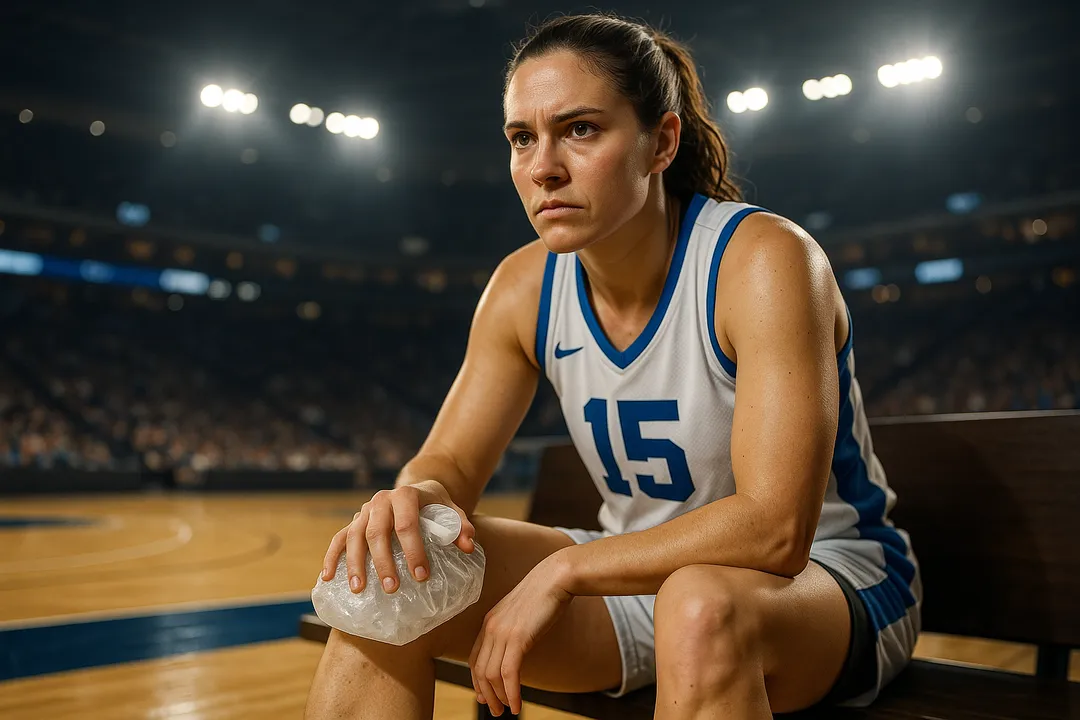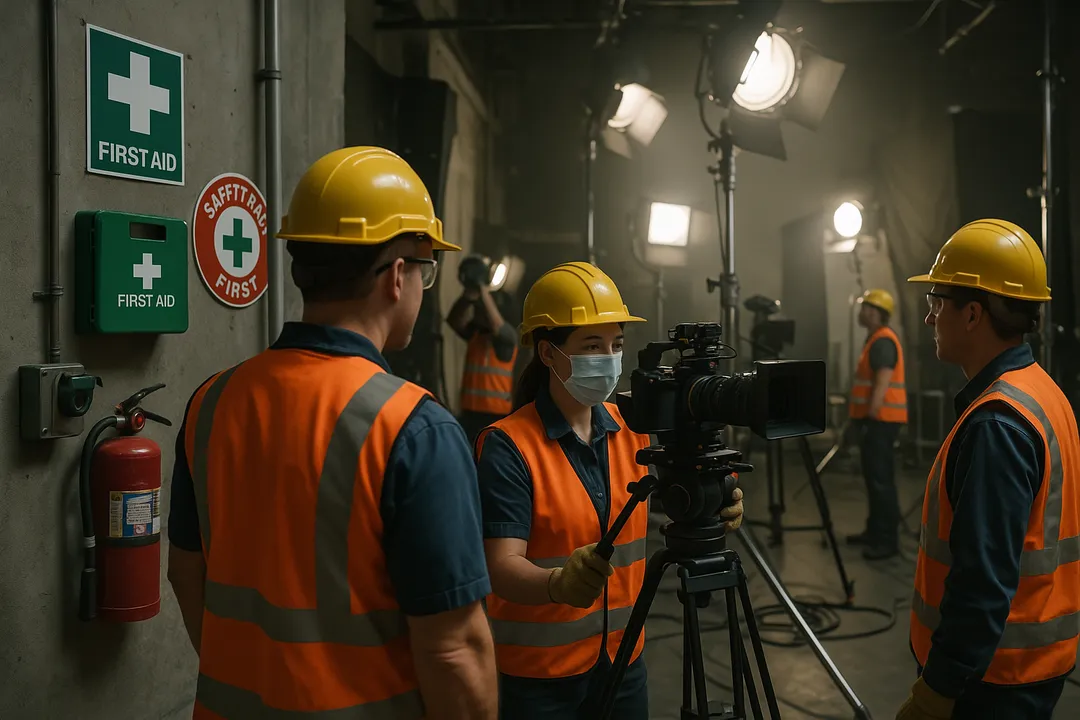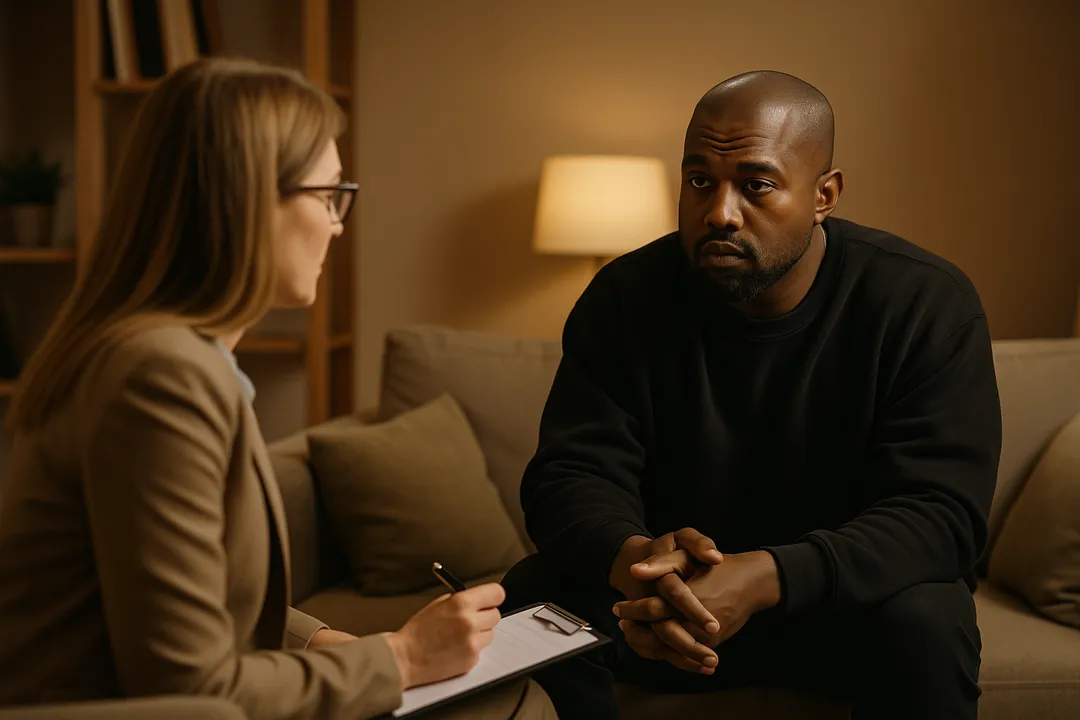Indiana Fever’s rising star Caitlin Clark has captured the attention of basketball fans worldwide, but her recent groin injury has shifted focus from her remarkable on-court performances to serious questions about player safety and career longevity in professional women’s basketball. The injury, which occurred during a crucial game, has sidelined one of the WNBA’s most promising talents and highlighted the unique challenges faced by professional female athletes.
Clark’s situation exemplifies the complex intersection of athletic performance, medical care, and legal protections that define modern professional sports. As we examine the circumstances surrounding her injury and its implications, we uncover broader issues affecting athlete welfare and the legal frameworks designed to protect professional sports careers.
The Injury: Medical and Performance Impact
Groin injuries in basketball are particularly concerning due to the sport’s demands for explosive movement, quick direction changes, and sustained high-intensity play. For a player like Clark, whose game relies heavily on agility and court vision, a groin injury can have far-reaching implications beyond the immediate physical discomfort.
Medical experts indicate that groin injuries, while common in basketball, require careful management to prevent long-term complications. The injury typically involves strain or tear of the adductor muscles, which are crucial for lateral movement and stability during play. Recovery times can vary significantly depending on the severity of the injury and the individual athlete’s response to treatment.
Clark’s injury occurred during a high-stakes game where the physical intensity was particularly elevated. The circumstances surrounding the injury raise questions about game management, player workload, and the preventive measures in place to protect athletes from overuse injuries.
Legal Framework for Professional Athlete Injuries
Professional athletes like Clark operate within a complex legal framework that governs their rights and protections when injuries occur. As explored in our analysis of how personal injury law applies to public figures, the legal considerations for celebrity athletes involve multiple layers of protection and liability.
The WNBA, like other professional sports leagues, maintains comprehensive policies regarding player health and safety. These policies cover everything from pre-season medical examinations to injury reporting protocols and return-to-play procedures. When injuries occur, the league’s medical staff works closely with team physicians to ensure appropriate care and recovery.
However, the legal landscape becomes more complex when considering questions of negligence, inadequate medical care, or pressure to return to play prematurely. Professional athletes have legal recourse if they can demonstrate that their injuries resulted from negligent care or unsafe playing conditions.
Insurance Considerations in Professional Sports
The financial implications of Clark’s injury extend far beyond immediate medical costs. Professional athletes typically carry multiple insurance policies designed to protect their earning potential and career longevity. As detailed in our comprehensive guide to the role of insurance in high-profile injury cases, sports insurance is a sophisticated field that addresses the unique risks faced by professional athletes.
For WNBA players, insurance considerations include disability coverage, career-ending injury protection, and loss of income due to temporary inability to play. The relatively lower salaries in women’s professional basketball compared to men’s leagues make these protections even more crucial for players like Clark.
The timing of Clark’s injury is particularly significant from an insurance perspective. As a rising star with significant endorsement potential, any long-term impact on her playing ability could have substantial financial implications that extend well beyond her WNBA salary.
WNBA Player Safety Protocols
The Women’s National Basketball Association has developed comprehensive player safety protocols over its history, learning from both its own experiences and those of other professional sports leagues. These protocols cover pre-game preparation, in-game medical support, and post-injury care and rehabilitation.
For players experiencing groin injuries like Clark’s, the WNBA’s medical protocols typically involve immediate assessment by team medical staff, imaging studies to determine the extent of injury, and development of individualized treatment and rehabilitation plans. The league has also implemented load management strategies to help prevent overuse injuries in high-usage players.
The effectiveness of these protocols is constantly evaluated and updated based on new medical research and injury trends within the league. Clark’s injury will likely contribute to ongoing discussions about optimal player management and injury prevention strategies.
Career Impact and Long-term Considerations
For a player of Clark’s caliber and career stage, a groin injury raises important questions about long-term career trajectory and earning potential. Groin injuries, while often treatable, can become chronic issues if not properly managed, potentially affecting a player’s mobility and performance for years to come.
The psychological impact of injury on professional athletes is also significant. Players who have experienced serious injuries often report anxiety about re-injury and changes in their playing style that can affect performance. For Clark, managing these psychological aspects will be as important as the physical rehabilitation.
From a career perspective, Clark’s injury occurs at a crucial time in her professional development. As one of the WNBA’s most marketable players, her absence from games affects not only her team’s performance but also league attendance and television ratings.
Comparative Analysis with Other Sports Injuries
Clark’s groin injury can be understood within the broader context of professional sports injuries and their management. Comparing her situation to similar injuries in other sports provides valuable insights into best practices for treatment and recovery.
In professional soccer, groin injuries are common and have been extensively studied. The research from soccer medicine has contributed to improved understanding of prevention strategies and rehabilitation protocols that can benefit basketball players like Clark.
The NBA’s approach to managing similar injuries in male players also provides relevant comparisons, though differences in playing style, physical demands, and career length between men’s and women’s basketball must be considered.
Media Coverage and Public Perception
The media coverage of Clark’s injury reflects broader patterns in how sports injuries are reported and discussed. The focus on her determination to return quickly, while admirable, also highlights the pressure placed on professional athletes to minimize injury concerns and return to play as soon as possible.
This media narrative can influence public perception of injury severity and recovery timelines, potentially creating unrealistic expectations for both the athlete and medical professionals managing the case. Responsible reporting on sports injuries requires balancing public interest with accurate medical information and respect for the athlete’s privacy.
The coverage of Clark’s injury has also sparked discussions about the physical demands placed on WNBA players and whether current scheduling and game management practices adequately protect player health.
Financial Implications for Teams and Leagues
Clark’s injury has financial implications that extend beyond her personal situation to affect her team and the league as a whole. As one of the WNBA’s most popular players, her absence from games can impact ticket sales, television ratings, and merchandise revenue.
For the Indiana Fever, Clark’s injury affects both immediate game performance and longer-term financial planning. The team’s investment in Clark as a franchise player makes her health and availability crucial to their competitive and financial success.
The WNBA as a league also has financial interests in Clark’s quick and complete recovery. Her popularity has contributed to increased attention and revenue for the league, making her injury a concern for the broader organization.
Legal Precedents in Professional Sports Injuries
The legal handling of Clark’s injury will be influenced by precedents established in previous professional sports injury cases. These precedents cover issues such as duty of care, medical malpractice, and the rights of athletes to seek independent medical opinions.
Notable cases in professional sports have established important principles regarding the responsibilities of teams and leagues to provide appropriate medical care and the rights of athletes to make informed decisions about their health and career.
These precedents also address questions about return-to-play decisions and the potential liability of medical professionals who clear athletes for competition. The balance between athlete autonomy and medical judgment remains a complex area of sports law.
Rehabilitation and Return-to-Play Protocols
Clark’s path back to full competition will follow established rehabilitation protocols designed to ensure complete recovery while minimizing the risk of re-injury. These protocols typically involve multiple phases, from initial rest and pain management through progressive strengthening and sport-specific training.
The WNBA’s return-to-play protocols require clearance from multiple medical professionals and demonstration of full functional capacity before athletes can return to competition. These protocols are designed to protect both the athlete’s long-term health and the league’s liability exposure.
For Clark, the rehabilitation process will likely involve not only physical therapy but also biomechanical analysis to identify and address any factors that may have contributed to the injury. This comprehensive approach helps reduce the likelihood of future injuries.
Impact on Women’s Professional Basketball
Clark’s injury occurs within the broader context of women’s professional basketball’s growth and development. As one of the sport’s most visible players, her health and performance have implications for the entire women’s basketball ecosystem.
The injury highlights ongoing challenges in women’s professional sports, including the need for adequate medical resources, appropriate scheduling to prevent overuse injuries, and comprehensive insurance coverage for players whose earning potential may be more limited than their male counterparts.
Clark’s situation also demonstrates the importance of continued investment in women’s sports medicine research and the development of injury prevention strategies specifically tailored to female athletes.
Future Implications and Lessons Learned
The handling of Clark’s injury will likely influence future approaches to similar situations in the WNBA and other professional sports leagues. The medical decisions made, the communication strategies employed, and the ultimate outcome will all contribute to evolving best practices.
For other professional athletes, Clark’s experience provides important lessons about injury management, the importance of comprehensive insurance coverage, and the need for strong medical advocacy. Her situation also highlights the ongoing need for research into injury prevention and treatment in women’s sports.
The legal and medical precedents established through Clark’s case may influence future policy decisions regarding player safety, medical protocols, and insurance requirements in professional women’s basketball.
Conclusion
Caitlin Clark’s groin injury represents more than just a temporary setback for a talented athlete—it’s a case study in the complex intersection of sports medicine, legal protections, and professional athletics. Her experience highlights both the progress made in protecting professional athletes and the challenges that remain.
As Clark works toward recovery and return to competition, her situation will continue to provide valuable insights into the management of professional sports injuries. The lessons learned from her experience will benefit not only future WNBA players but professional athletes across all sports.
The ultimate measure of success in Clark’s case will be not just her return to the court, but her ability to maintain long-term health and career success. This outcome will depend on the quality of medical care she receives, the appropriateness of legal protections in place, and the wisdom of decisions made throughout her recovery process.

















